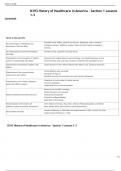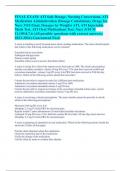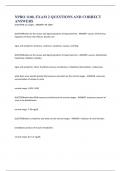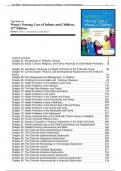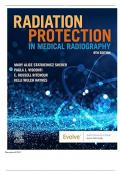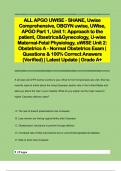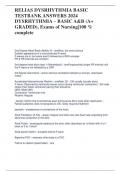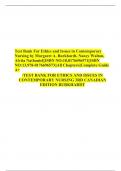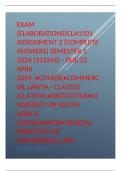Tentamen (uitwerkingen)
D393 History of Healthcare in America - Section 1 Lessons 1-3 Terms in this set (77) Key characteristics of Pesthouses and Almshouses (1700s-mid 1800s) Charitable social welfare, primarily for the poor, Pesthouses used for isolating contagious dise
- Vak
- Instelling
D393 History of Healthcare in America - Section 1 Lessons 1-3 Terms in this set (77) Key characteristics of Pesthouses and Almshouses (1700s-mid 1800s) Charitable social welfare, primarily for the poor, Pesthouses used for isolating contagious diseases, staffed by religious orders wit...
[Meer zien]
